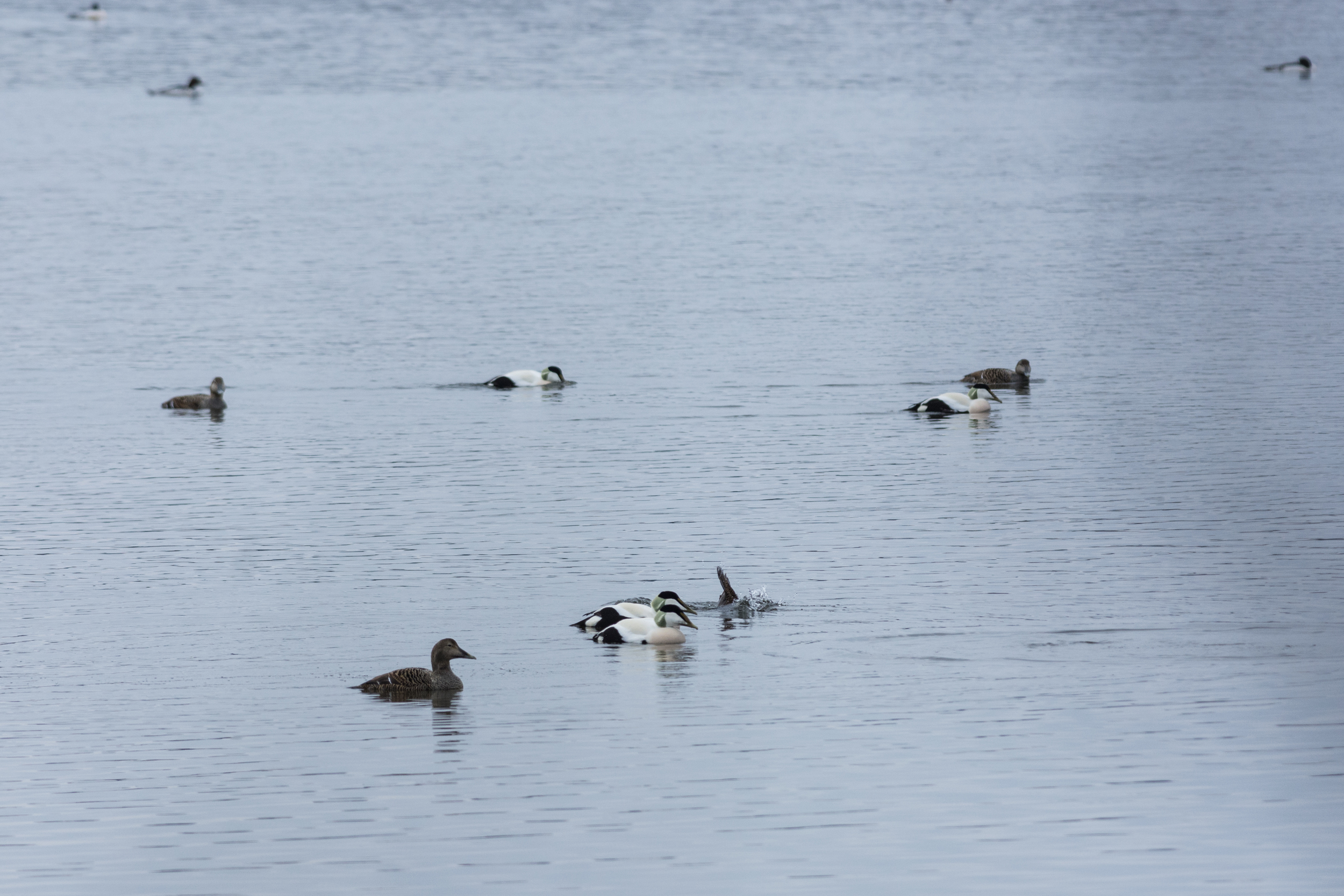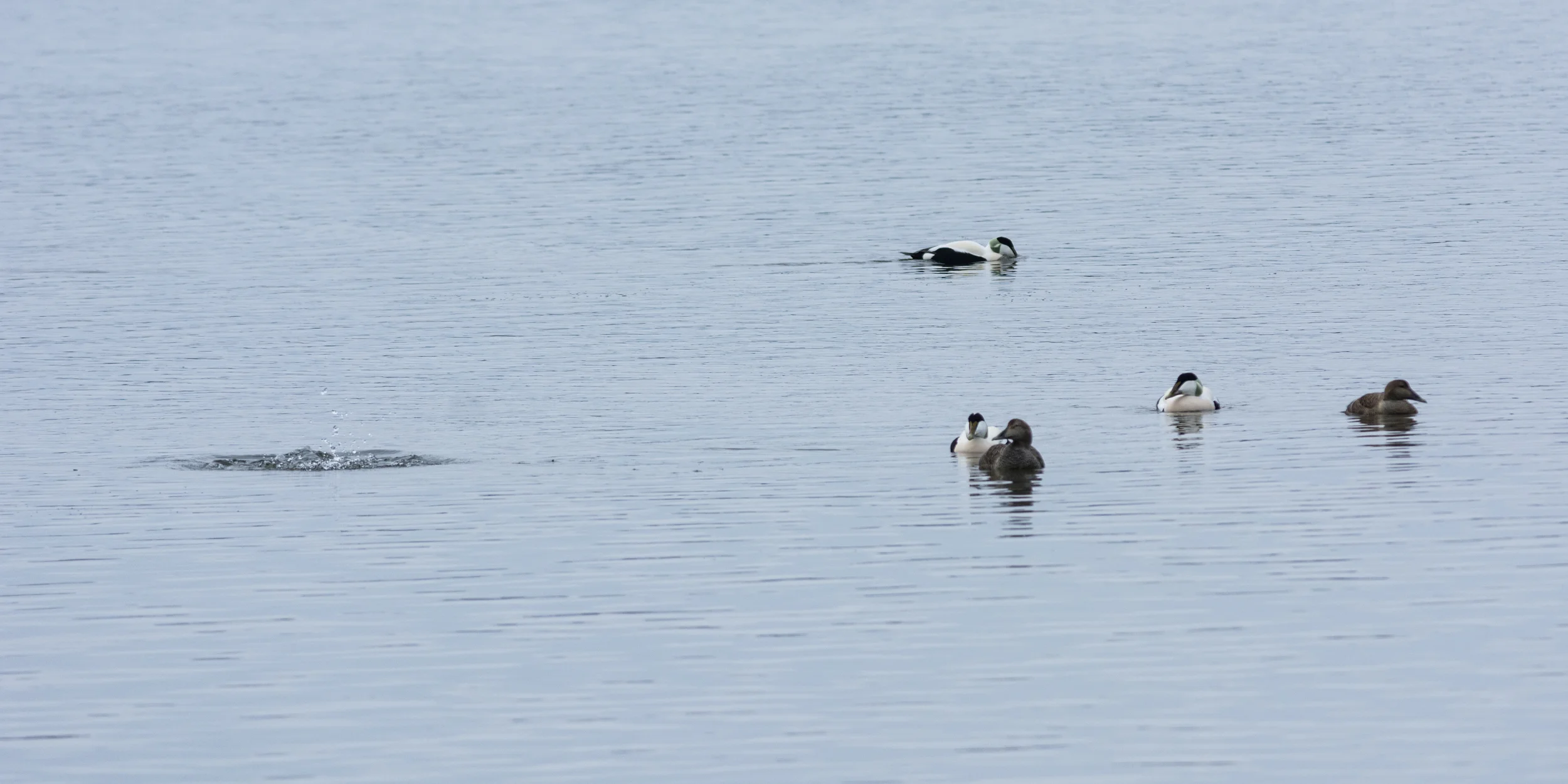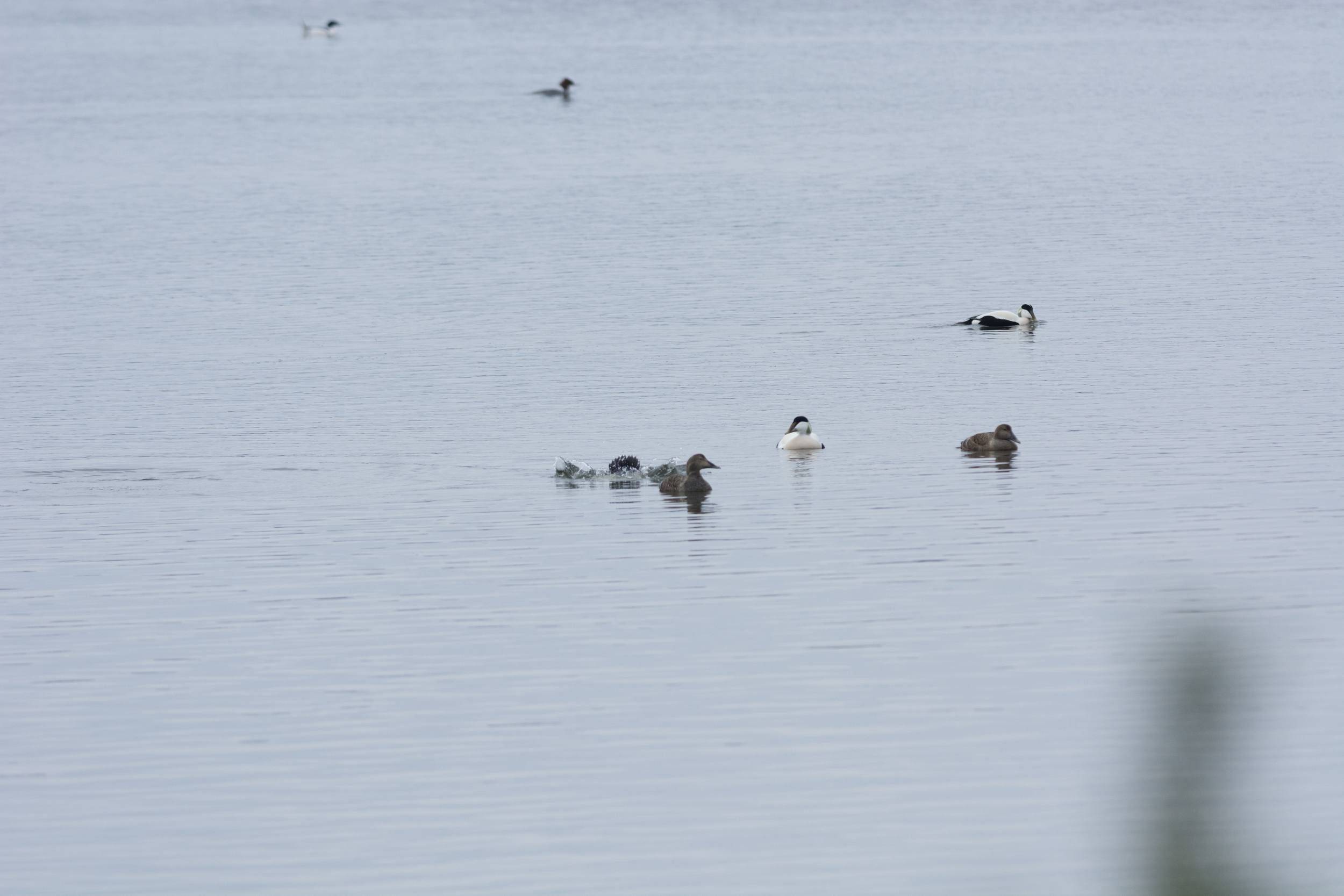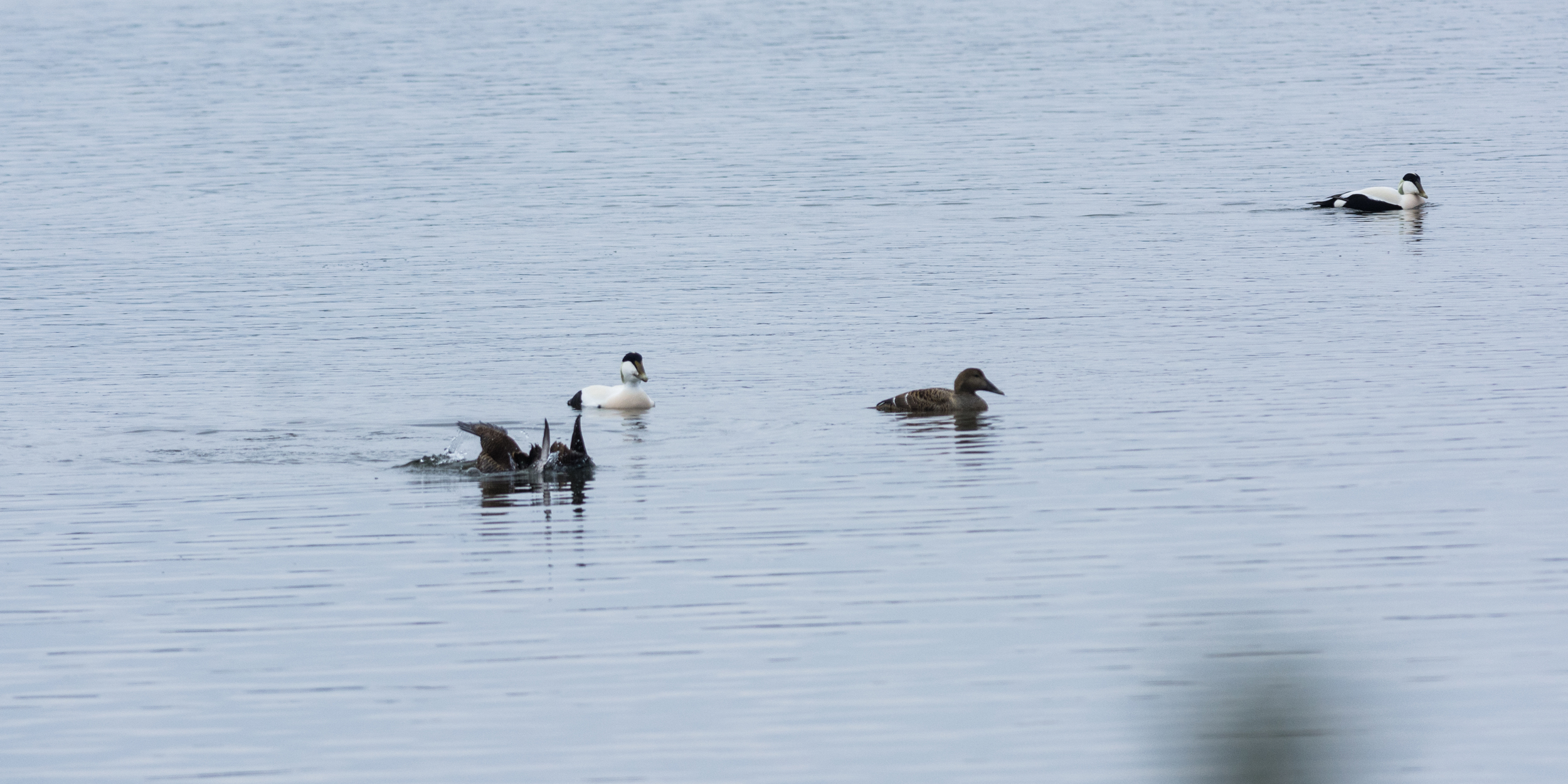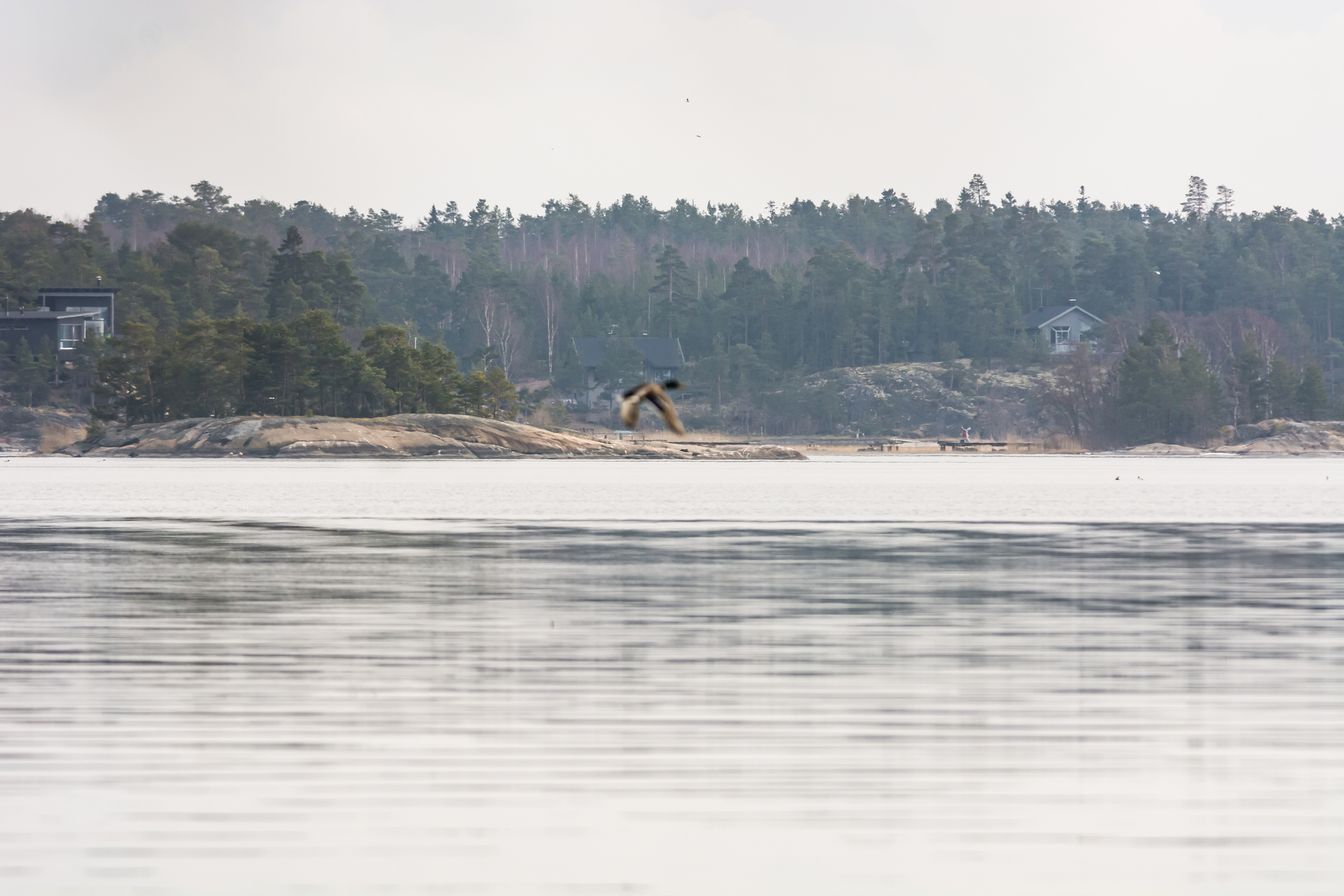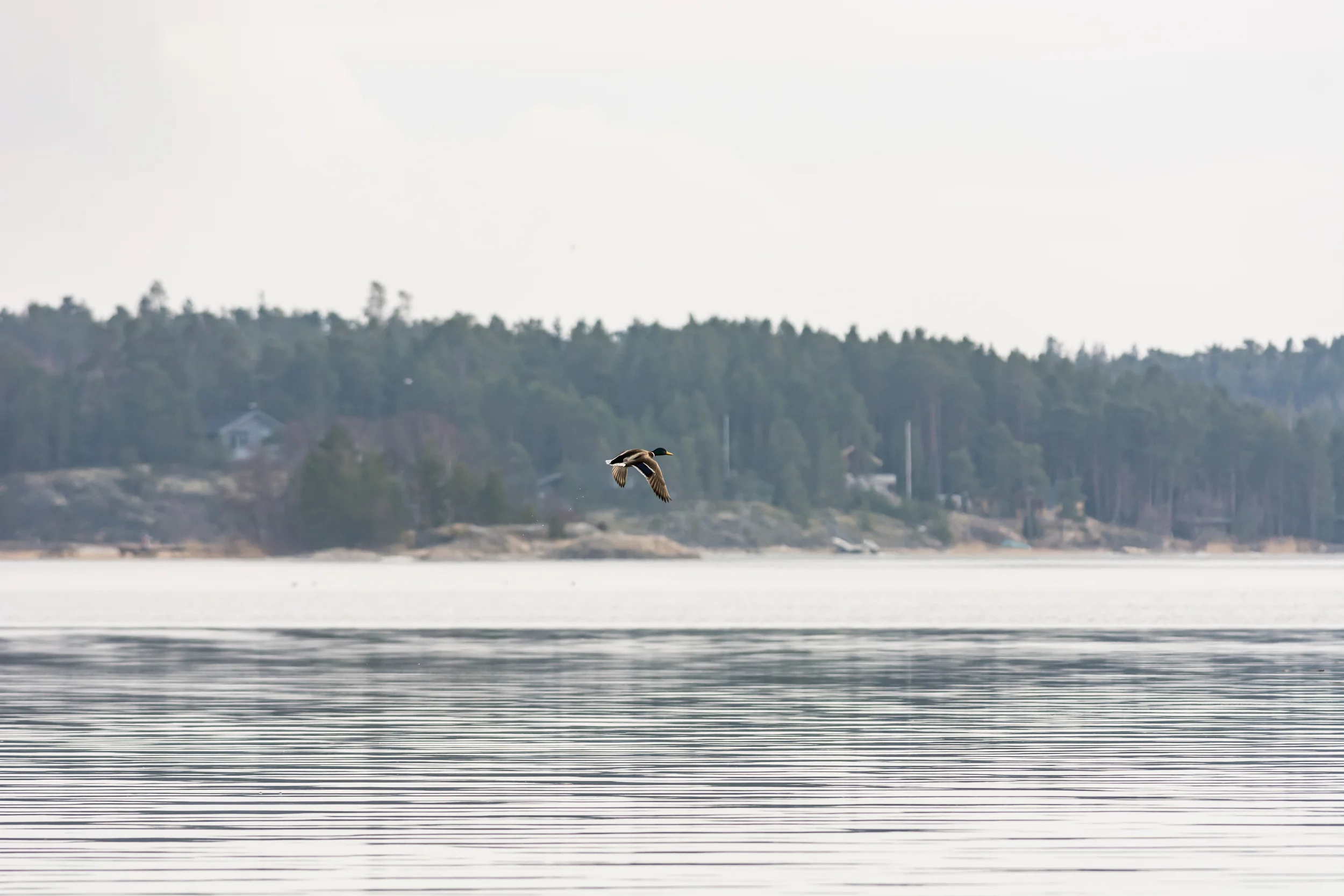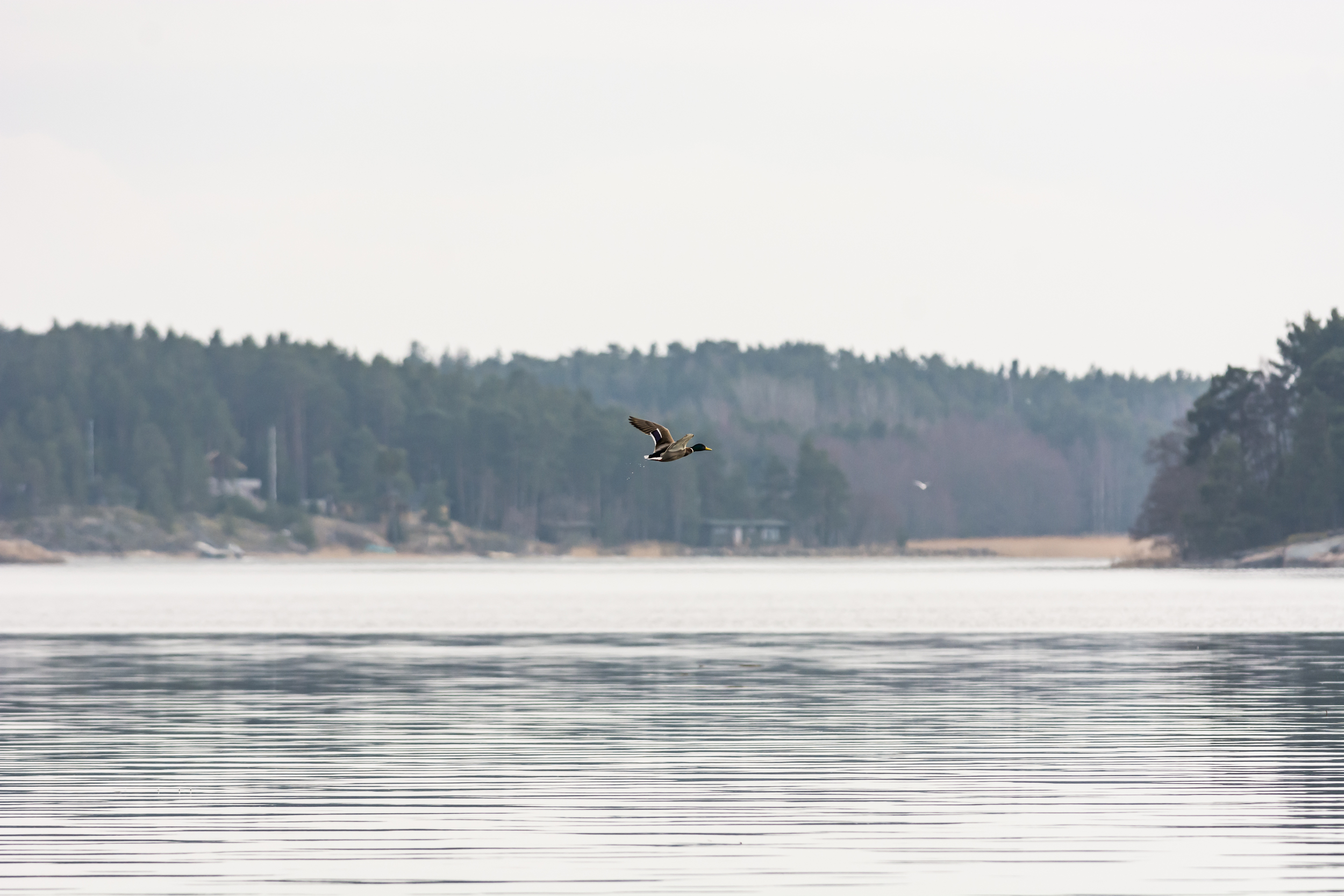Around where I live, in the Turku region, there aren't really any grandiose landscapes. In fact, they are so boring (to me at least) that I decided to go to Norway a few years ago, and start this blog :) So, coming back from Iceland I had a tough few weeks; I wanted to take awesome pictures, but I had basically no money and not a lot of energy for travelling. But I remembered something I had though about a few years earlier; camping out in the archipelago and trying to get images out there.
MY dads cabin, as nice at it is, isn't out in what I call the 'real' archipelago. Yes, it's by the sea, on an island, but there is no place where you could see nothing but sea; it's simply not far enough from the coast. Luckily, Finland has very good public transportation, that also covers the major islands of the archipelago.
The island of Kökar is one of the biggest islands in the Turku / Åland archipelago, and it is also the most isolated big island of them all. All it took was a weather report promising proper thunderstorms for a weekend, and my mind was set. I packed the car with my gear and my tent, and headed to Korpo, from where I took the ferry to Kökar.
The plan was to spend two nights at a camping ground on the northwestern end of the island. That would give me good access to the coastline, giving me locations for sunrise, sunset, and possible storms. The reason I was interested in the storms is that they can produce some of the most dramatic skies you've ever seen; having a storm-front roll in over the archipelago, or having a storm clear way for the sun is a sight to behold. That was what I wanted to capture.
The first of two evenings, there wasn't a cloud in sight, but I went out to the coastline with my gear to do some location scouting. There are a few hiking trails in that part of the island that I quickly found, and I made my way through the trees towards the coast. After scaring a small family of deer, I got to the beach and started looking around. It was a great location, unfortunately the blue sky made it almost useless to photograph. Still, I looked around, and took some snapshots of possible locations for later.
One thing that I did decide to take a photo of that evening was the church. There is a small village church and graveyard on a small hill by the northern side of the island. It wasn't far away, so I walked there along the coast. I quickly found that if I wanted the church visible, there was only one direction I could take the photo from; luckily, the sun was setting in the same direction.
Not my best, but it's not too shabby.
While taking the picture above I noticed something; I had left my jacket in the car, and it was getting a bit chilly. So chilly, in fact, that in my hurry to get back to my jacket, I missed focus on a panorama I took from the same location. I took all 35 exposures for the HDR panorama, and I realized they were blurry only the next day. In my defense, I was cold and hungry.
Back at the tent, I first put on some proper clothing, and then cooked some dinner. The storm was supposed to hit the next day, and there was supposed to be partial cloud cover during sunrise. One of the ideas I had for the trip was to take a sunrise pic of the camping ground harbor, so I set my watch for 4:30 and went to bed.
There were dozens of these snails around my tent immediately after the sun went down.
The next morning, I looked out of my tent and decided begrudgingly that the weather forecast was right and that there might be a nice sunrise. I'm not a morning person, at all, but the things I do for photos... After about ten or fifteen minutes of walking through the thick bush I got to a rock overlooking the harbor and the sunrise, and set up my tripod. I still don't really know what I did wrong, but Lightroom and photoshop simply refuse to stitch the photos I took that morning into a nice straight panoramic. I've spent hours on straightening it, and luckily I've gotten it into something that almost resembles reality:
The morning was amazing, though. I sat on a rock by my camera, looking at the clouds rolling in from the right and the sun rising from the left. I have a lot of raw photos from that morning, my hope is that some day I'll bother to process all of them and see if some might be better than the one above. For now, I can't be bothered.
The storm came later that day. It was the biggest storm of the summer, actually. Or so the news said. It missed Kökar completely. We only got some rain with uniform grey skies. Best laid plans, and all that... I spent the day mostly doing nothing, sitting and watching the sea. A few hours later the showers of rain cleared out, so I took the chance and walked out to the beach again.
Chillin'. If you look closely, you can see a seal's head above my shoe, some way out to sea.
There is something calming about the sea. I could spend hours just sitting and watching it. Well, I did. And I have before. Some time before sunset, I started to look for sunset compositions. I had already photographed the church, so I wasn't that interested in it. Besides, I didn't want anything man-made in my shot. This was going to be a picture of the wast calmness of the outer archipelago at sunset.
Gaps had started to appear in the clouds too, so I had a chance for a great sunset. After changing my composition three times, I set my tripod down, made my camera ready, and waited. The clouds were thickest at the horizon, but there was a small gap just above it. Maybe, with luck, the sun would get through there.
All in all, a nice evening. Even though I didn't get the storm clouds, I was happy I got something. Also, sitting at the beach all day was quite relaxing.
The next morning, it rained. Also, I discovered my tent isn't rainproof anymore. No wonder, it's probably 15 years old at this point. Still, not a happy morning for me. Good thing I had my car with me, it was easy to dump everything in it and pack up the tent. The rain continued for most of the day, but I did manage to take this:
Another rain cloud rolling in.
I was going to go to the beach, but it was raining and I was lazy. The cloud above might have looked great at the correct location... Anyway, that was it for this short trip. The rains continued for the whole trip back, even though they were quite sporadic. On the ferry back to Korpo I took the final image of the trip:
Not quite what I wanted, but it'll do.
All in all a good trip; I didn't get the photo I was planning to, but I did have a few relaxing day out by the sea. And in my book, that's a win.

